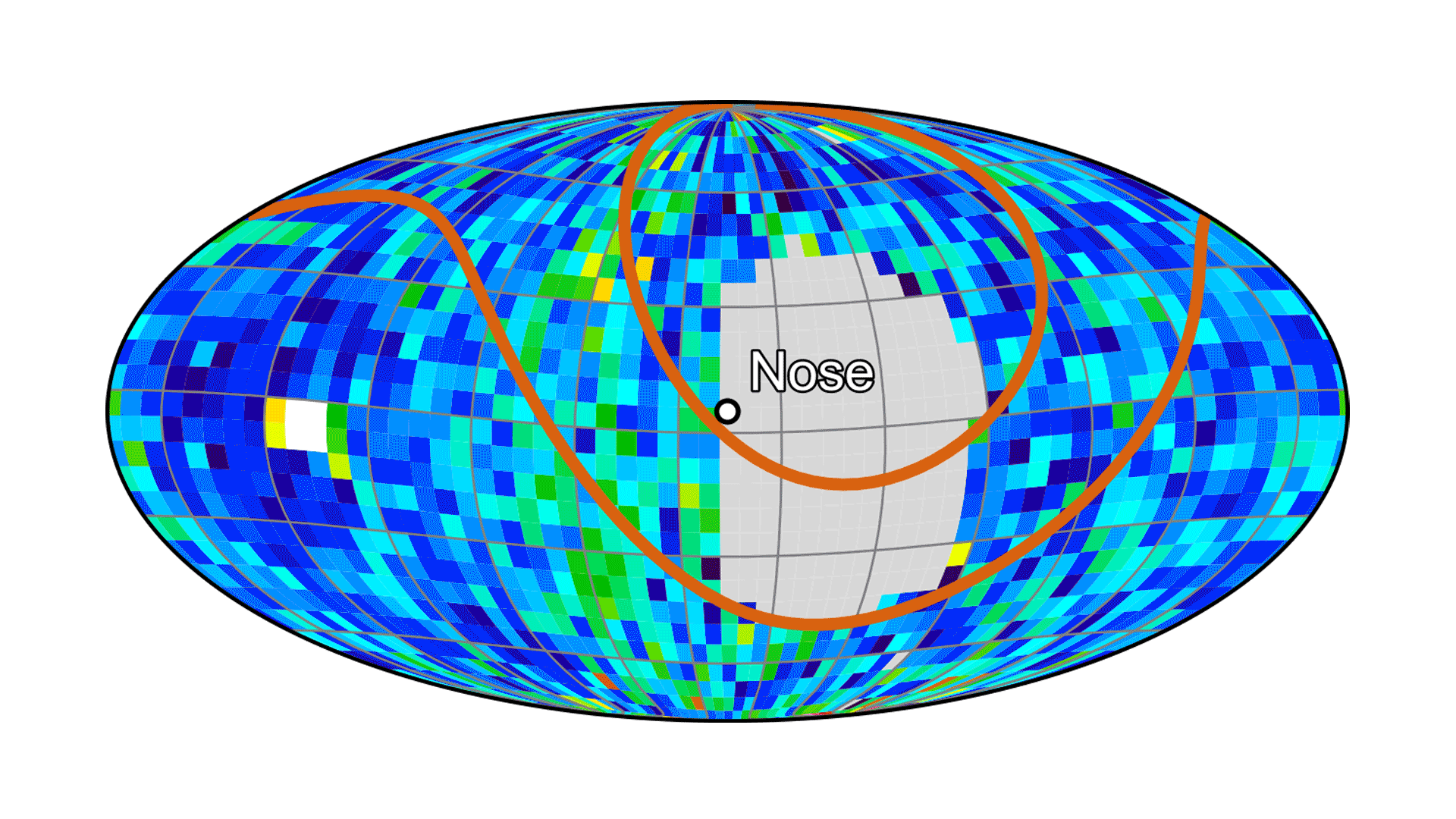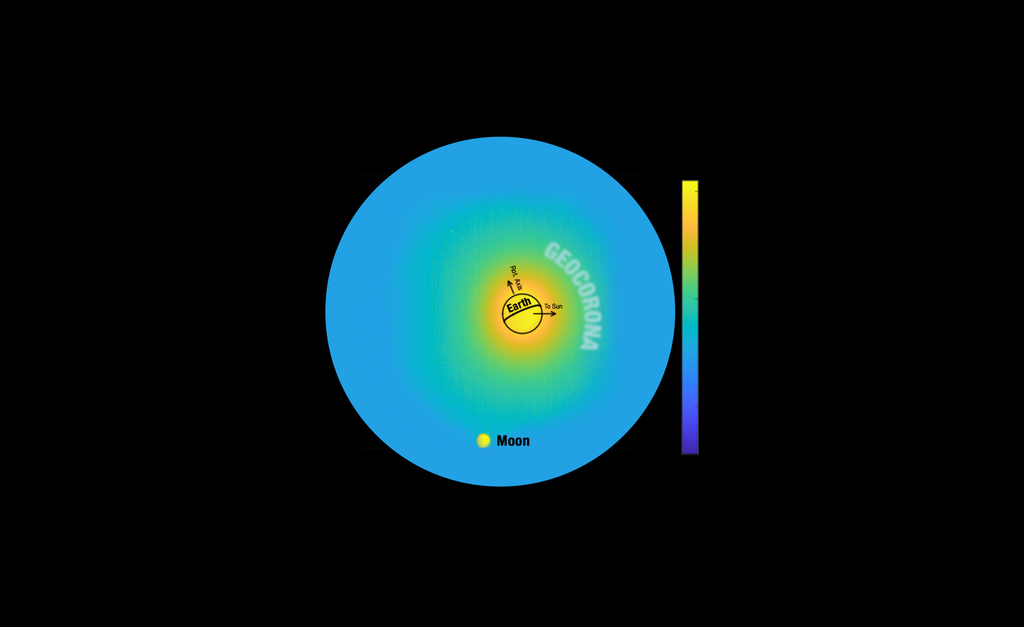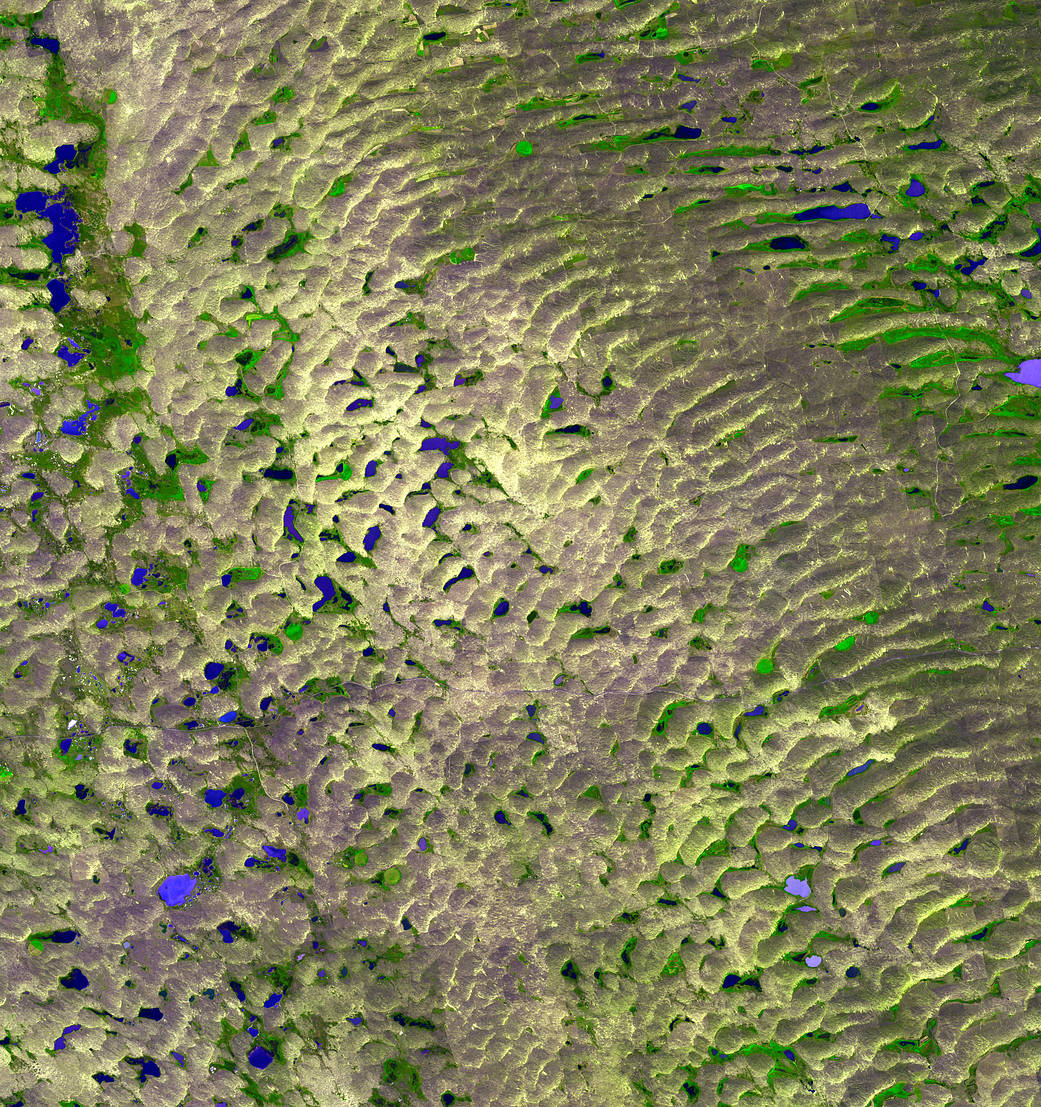The Sand Hills seen in this simulated natural-color image from NASA’s Terra spacecraft cover about a quarter of the state of Nebraska. These ancient sand dunes are from the Pleistocene Epoch (the geologic time period spanning about 1.8 million to about 10,000 years ago) and are made of sediment eroded from the Rocky Mountains by the monumental Pleistocene glaciers, washed out into the plains, and now mostly stabilized by grassland vegetation. Covering an area of about 60,000 square kilometers (33,333 square miles) in western Nebraska, the Sand Hills are the largest sand dune formation in America.Image Credit: NASA/GSFC/METI/ERSDAC/JAROS, and U.S./Japan ASTER Science Team
1 min read

























